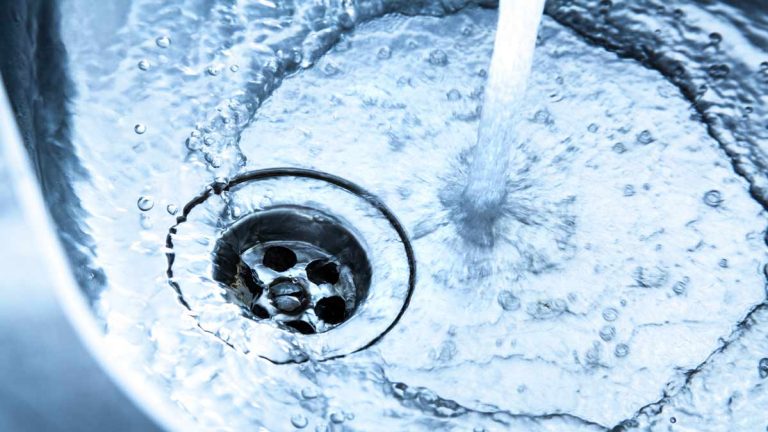A busy time for the New Jersey DEP – More PFAS action and NRD lawsuits
By Bernadette Rappold & Kaitlyn Maxwell | The National Law Review | May 1, 2019

Read the full article by Bernadette Rappold and Kaitlyn Maxwell
“On April 1, 2019, the New Jersey Department of Environmental Protection (NJDEP) proposed drinking water standards for perfluorooctanoic acid (PFOA) and perfluorooctane sulfonate (PFOS) that are significantly more stringent than the federal health advisory of 70 ppt. DEP proposed a maximum contaminant level (MCL) of 14 ppt for PFOA and 13 ppt for PFOS…
DEP’s proposed rulemaking also seeks to add PFOA and PFOS to NJDEP’s List of Hazardous Substances and to set limits for groundwater quality criteria standards to be used in site remediation activities. In the meantime, the interim specific groundwater quality criteria for PFOA and PFOS are currently set at 10 ppt.
In 2018, New Jersey set a state MCL of 13 ppt for perfluorononanoic acid (PFNA), adopting a specific groundwater quality standard for PFNA of 10 ppt, and adding PFNA to NJDEP’s List of Hazardous Substances. New Jersey is among a growing list of states acting to regulate different types of PFAS – primarily PFOS and PFOA. Most recently, on April 4 Michigan proposed health screening levels for five types of PFAS in drinking water: PFNA (9 ppt), PFOA (9 ppt), PFOS (8 ppt), PFHxS (84 ppt) and PFBS (1,000 ppt).
New Jersey also issued directives seeking information and recovery of costs from a group of companies that the state alleges used or produced certain types of PFAS or PFAS replacement chemicals in manufacturing operations in New Jersey. Additionally, New Jersey filed four new natural resource damage (NRD) lawsuits – two of these lawsuits allege PFAS contamination.
At the federal level, EPA started the process of determining whether to set a federal MCL for PFOA and PFOS. EPA also is considering whether to list PFOA and PFOS as “hazardous substances” under the Comprehensive Environmental Response, Compensation, and Liability Act (CERCLA). The determination of both federal and state MCLs may prove significant for remedy selection involving groundwater contamination.
In New Jersey and elsewhere, regulatory actions are being taken while information requests are pending and health effects are not fully understood. The U.S. Centers for Disease Control and Prevention is carrying out research in conjunction with a variety of other federal agencies. Some, but not all, preliminary research suggests that animals exposed to longer-chain PFAS at high levels could show changes in the function of the liver, thyroid, pancreas, and certain hormones…”
This content provided by the PFAS Project.
Location:
Topics: